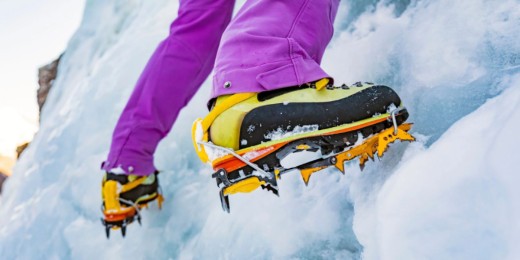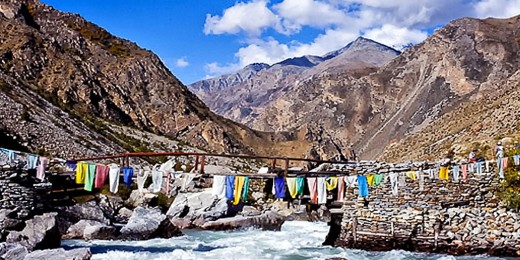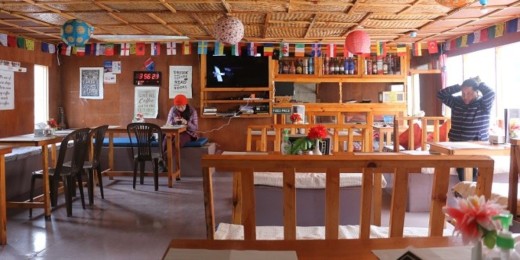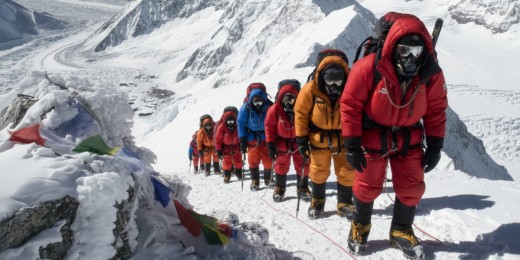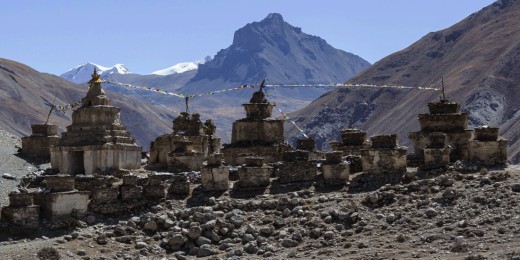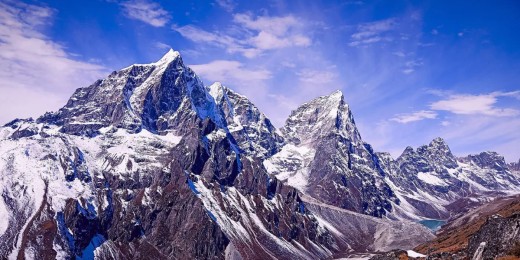Summit Stories: Real Experiences from Climbers Who Conquered Mera Peak
-1758193777.jpg)
Mera Peak, standing tall at 6,476 meters (21,247 feet), is Nepal’s highest trekking peak. It offers an accessible yet challenging ascent, making it a dream destination for mountaineers seeking to experience the Himalayas without the technical demands of peaks like Everest. The journey to the summit is not just a physical challenge but an emotional and spiritual odyssey that leaves climbers transformed.
The Call of the Himalayas
For many, the allure of Mera Peak begins as a distant dream. A software engineer from Berhampur, India, Madhusmita Patra, embarked on this journey in April 2025. Despite the extreme cold, diminishing oxygen levels, and altitude fatigue, she reached the summit at approximately 9:45 am on April 29. Her determination was fueled by a rigorous 28-day Basic Mountaineering Course at the Himalayan Mountaineering Institute in Darjeeling and previous climbs like Mount Kilimanjaro.
The Physical and Mental Challenge
Climbing Mera Peak is no easy feat. The trek involves navigating through dense rhododendron forests, crossing high-altitude passes, and enduring the thin air of the Himalayas. The ascent requires not only physical endurance but also mental resilience. Climbers often face moments of doubt and fatigue, but the support of experienced guides and the camaraderie of fellow trekkers provide the strength to push forward.
Acclimatization and Preparation
Proper acclimatization is crucial for a successful summit. Climbers typically spend several days at intermediate camps, allowing their bodies to adjust to the increasing altitude. This gradual ascent helps in minimizing the risks associated with altitude sickness. Additionally, physical preparation before the trek, including strength training and endurance exercises, significantly enhances the chances of a successful climb.
The Reward: A View Like No Other
The summit of Mera Peak offers a panoramic view of five of the world's 8,000-meter peaks: Everest, Kangchenjunga, Lhotse, Makalu, and Cho Oyu. This breathtaking vista makes every step of the challenging journey worthwhile. Climbers often describe the moment they reach the summit as surreal, overwhelmed by a mix of exhaustion, elation, and awe.
The Role of Sherpas and Guides
The expertise and support of Sherpas and guides are invaluable during the Mera Peak expedition. Their knowledge of the terrain, weather patterns, and climbing techniques ensure the safety and success of the climbers. Many climbers attest to the unwavering support and encouragement provided by their Sherpa team, which is instrumental in reaching the summit.
Testimonials from the Summit
"Reaching the summit of Mera Peak was a dream come true. The journey tested my limits, but the sense of achievement and the stunning views made every challenge worth it.""The support from our Sherpa guides was exceptional. Their experience and encouragement were key to our success."
Tips for Aspiring Climbers
- Physical Preparation: Engage in strength and endurance training several months before the trek.
- Gear Up: Invest in quality mountaineering boots and clothing suitable for extreme cold.
- Mental Resilience: Prepare mentally for the challenges ahead, including long trekking days and potential altitude-related issues.
- Choose the Right Season: The best times to climb Mera Peak are during the spring (March to May) and autumn (September to November) seasons, offering stable weather and clear skies.
Climbing Mera Peak is more than just an adventure; it's a transformative experience that challenges the body, mind, and spirit. The stories of those who have reached its summit serve as a testament to the human spirit's resilience and determination. For those considering this journey, the path may be demanding, but the rewards are immeasurable.

